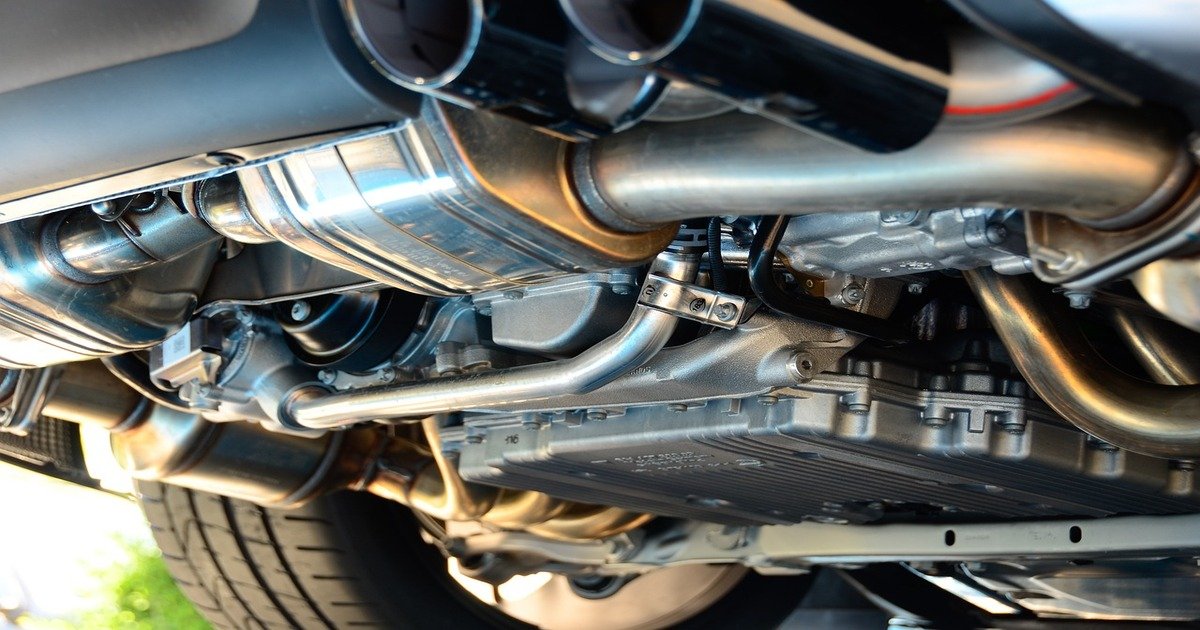Exhaust Systems
Maintaining your car’s exhaust system in top condition is crucial for good fuel efficiency, safety, and environmental protection. Let’s explore how your car’s exhaust system works, what can go wrong, and the best repair options available.
The exhaust system in your vehicle is responsible for directing the gases produced when air and fuel combine and burn in the combustion chamber.
These gases are harmful to both humans and the environment. Regularly inspecting your exhaust system is essential for the safety of you and your passengers.
Ensure that there are no leaks in the exhaust system or in the passenger compartment where exhaust fumes could enter. Let’s break down the main components of the exhaust system and their functions:
- Exhaust Manifold
The exhaust manifold connects to the cylinder head and channels the exhaust gases from each cylinder into a single pipe. Manifolds are typically made from cast iron, steel, stainless steel, or aluminum. - Oxygen Sensor
Modern fuel-injected vehicles use an oxygen sensor to measure the amount of oxygen in the exhaust. This information helps the vehicle’s computer adjust the fuel mixture to achieve optimal fuel efficiency. The oxygen sensor is usually located near or inside the exhaust manifold, within the exhaust pipe. - Catalytic Converter
The catalytic converter is the part of the exhaust system that reduces harmful emissions. It transforms toxic hydrocarbons and carbon monoxide into carbon dioxide and water vapor, and in some cases, it also reduces nitrogen oxides. The catalytic converter is located between the muffler and the exhaust manifold. - Muffler
The muffler’s job is to reduce the noise produced by the combustion process. Combustion generates noise due to its explosive nature, and the muffler works by using baffles or fiberglass packing to absorb sound energy as the exhaust gases pass through, quieting the overall noise. - Exhaust Pipe
The exhaust pipe connects all the components above and carries the exhaust gases out of the vehicle through the tailpipe. Most exhaust pipes are made from steel or stainless steel. Stainless steel pipes are more durable, offering better corrosion resistance and a longer lifespan. Some exhaust pipes are made of aluminized steel, which has less corrosion resistance than stainless steel but still provides better protection than plain steel.
Regular inspections and maintenance of these components are vital for ensuring your car runs efficiently, safely, and in an environmentally responsible manner.
Book Appointment

